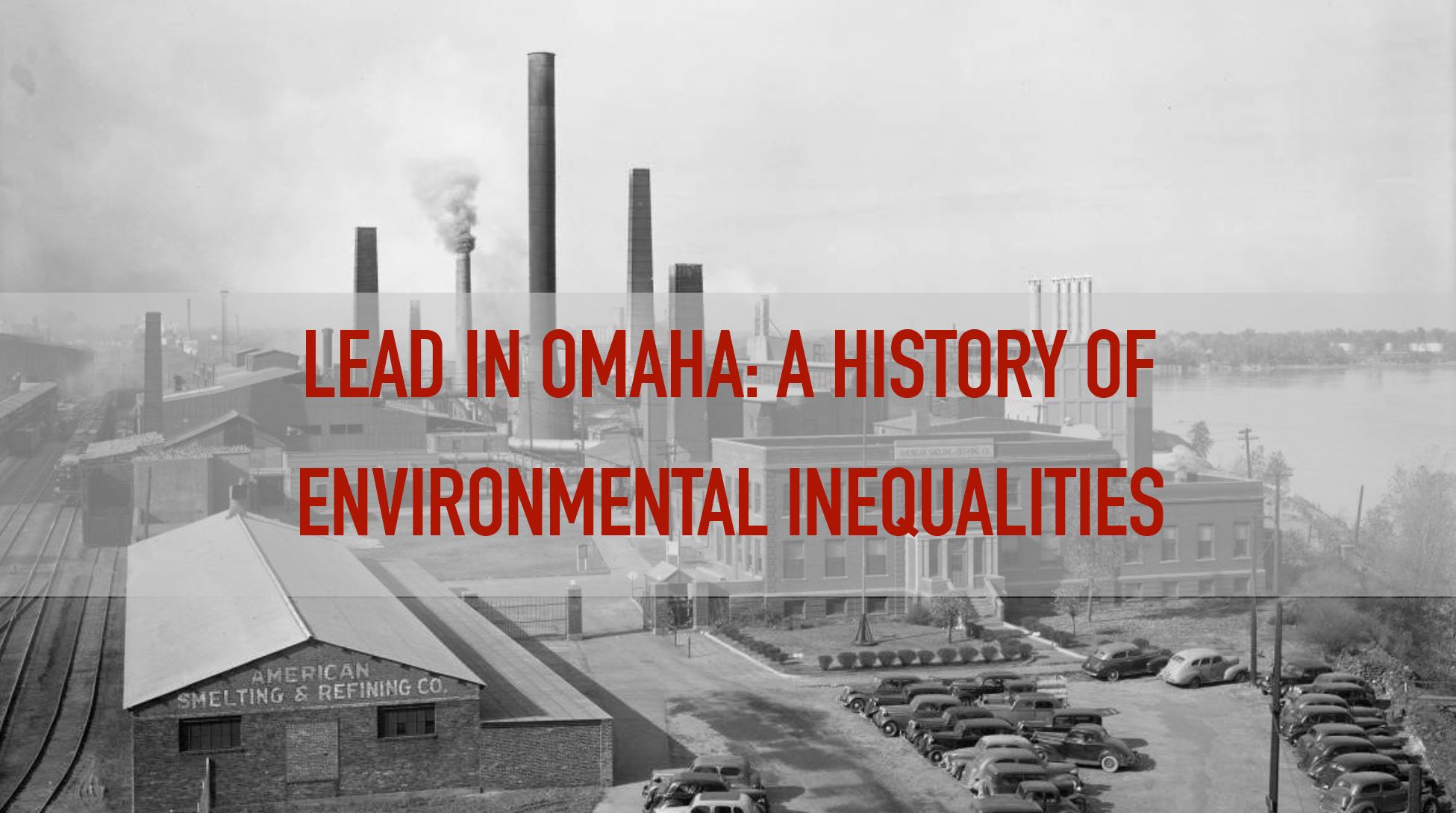“Environmental racism” and “environmental justice” discourses arose in the United States in the 1970s and 1980s as disenfranchised communities of color resisted exposure to hazardous waste and toxic dumping. Early grassroots activists working at the intersection of civil rights and environmental movements linked their exposure to environmental hazards to systematic social discrimination. As significant as these early discourses were, the phenomena they described were not new. Environmental hazards have rarely been distributed equally and the benefits of natural resource use have disproportionately favored communities of power and privilege. Environmental racism and environmental justice are part of a much deeper, global history of the relationship between social and environmental inequalities.

This website is one part of two interrelated digital projects. The first is an online exhibit that collects and interprets primary documentation related to lead pollution in Omaha. This consists of legal documentation, scientific papers, videos, historic newspaper articles, and material culture produced in the context of industrial and domestic use of lead products, debates about lead poisoning, public health, and the impact of the industry in the fabric of Omaha society. The second collection, also available via this website are mapping products. Students map the impact of lead on Omaha's landscape and analyze its lasting legacy in Omaha communities. All projects ground their interpretations of primary documentation and mapped source material in the broader history of racial, class, and gender inequity. This research project is produced by undergraduate students at Creighton University as part of Dr. Adam Sundberg's intersections course "History of Environmental Inequalities."